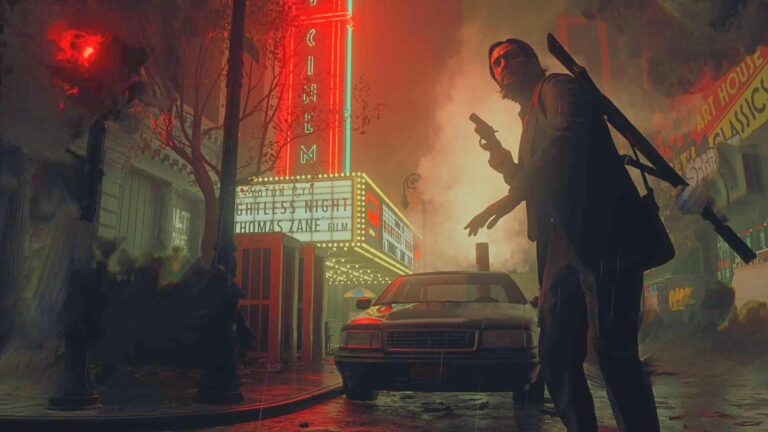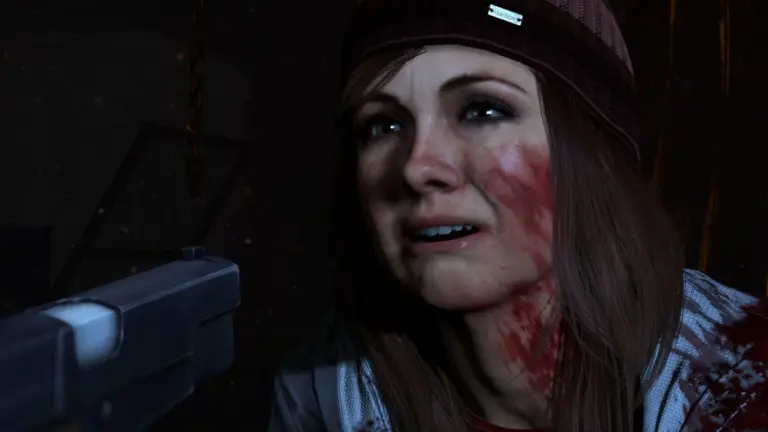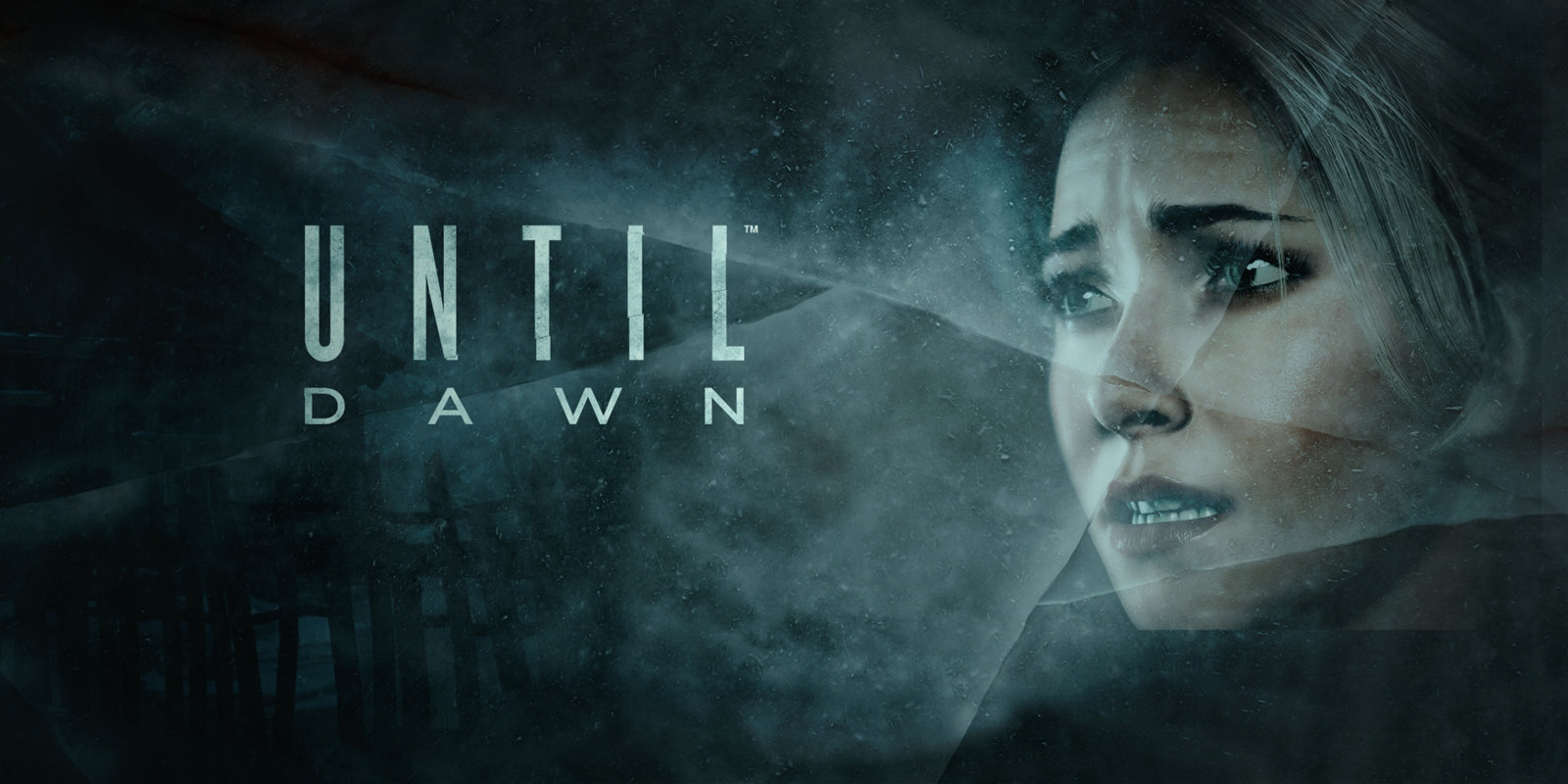
I recently got to sit down and play through the first four episodes of the upcoming, Super Massive Games-developed, PlayStation 4 exclusive, Until Dawn. This is a game I’ve been really looking forward to, ever since it was first announced as a PlayStation 3 title that would rely on the now-fossilized PlayStation Move peripheral. So, with all this excitement going into my playthrough, what did I think about the opening act of the game? Keep reading to find out!
Until Dawn is best described as an interactive slasher flick. It has all the similar tropes, and even similar character cliches. But that didn’t really detract from my overall enjoyment of the three hours I spent with the game. Right from the beginning (after choosing between motion or traditional controls), before the actual story itself starts, we’re treated to a video focusing on the concept of the butterfly effect. It sets the stage for what’s going to be an experience unique to the individual player, all hindering on what decisions he or she makes throughout the game.

The story itself starts with a group of friends enjoying a getaway at a cabin in the middle of the snowy woods. The group at large decides to play a pretty messed up prank on one of their own, which results in, in my experience at least, death. As far as whose death that is, I won’t say. But things get pretty ugly, with a few glimpses of the slasher. Then the story time jumps, but eventually finds us once again in the same eerie mountains, heading to that same cabin.
The gameplay is more liberating than I thought it would be. It’s essentially a point-and-click adventure game at heart, but there’s way more interactivity here. Though movement itself can sometimes be a little awkward, especially when the camera pulls out. It’s nothing horrendous, but it irked me a bit sometimes. Exploration is key here, and all objects of interest glimmer to give you some visual aid. The act of examining items is pretty neat; you actually rotate objects around, which can result in clues and personal observations from the characters. And speaking of which…
Scattered around the environment are different forms of optional clues you can find that help point towards the killer, like a wanted poster. I didn’t find all of them in the 4 episodes I played, but I’m glad that they’re hidden well enough to provide some replay value. My favorite things you can find hidden are the totems. Upon examining them, they provide you with a look at the future (think the beacon from Mass Effect, but more clear). The visions you get from the totems range from ones of guidance, loss, danger, fortune, and death. And let me tell you, they’re pretty spot on. I won’t spoil which happens, but a couple of the totems showed me visions for what actually ended up happening later on.
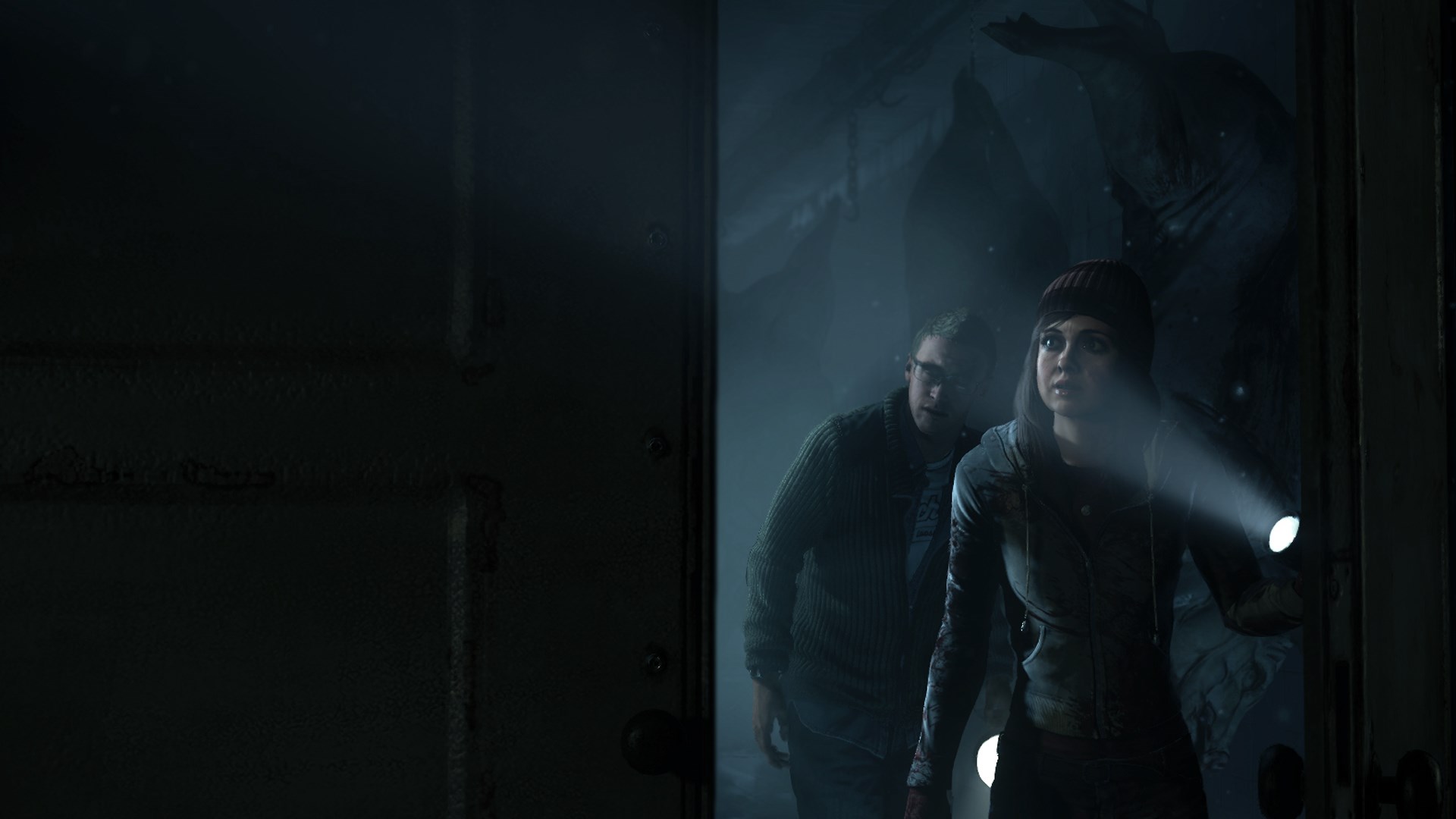
The game also takes on a sort of Alan Wake feel with the flashlight mechanic, which you have free control over with the right stick. Whether it be an actual flashlight, or the one implemented on a smartphone. The smartphone use was also pretty neat. It may not seem like a biggie, but I loved how you actually swipe the controller’s touchpad to unlock your phone’s screen. I’m a sucker for little things like that. Immersion!
Now, let’s talk about the quick-time events. The short answer is, they’re implemented excellently into the experience and don’t feel gimmicky or out of left field. One highlight was during a chase sequence in the woods early in the first episode. Aside from the usual button prompts, you also get to forks in the road where you have to decide between a “safe” option and a “fast” one. I went with “safe” everytime this option came up, and I was really left wondering how things would’ve played differently had I chosen the opposite.
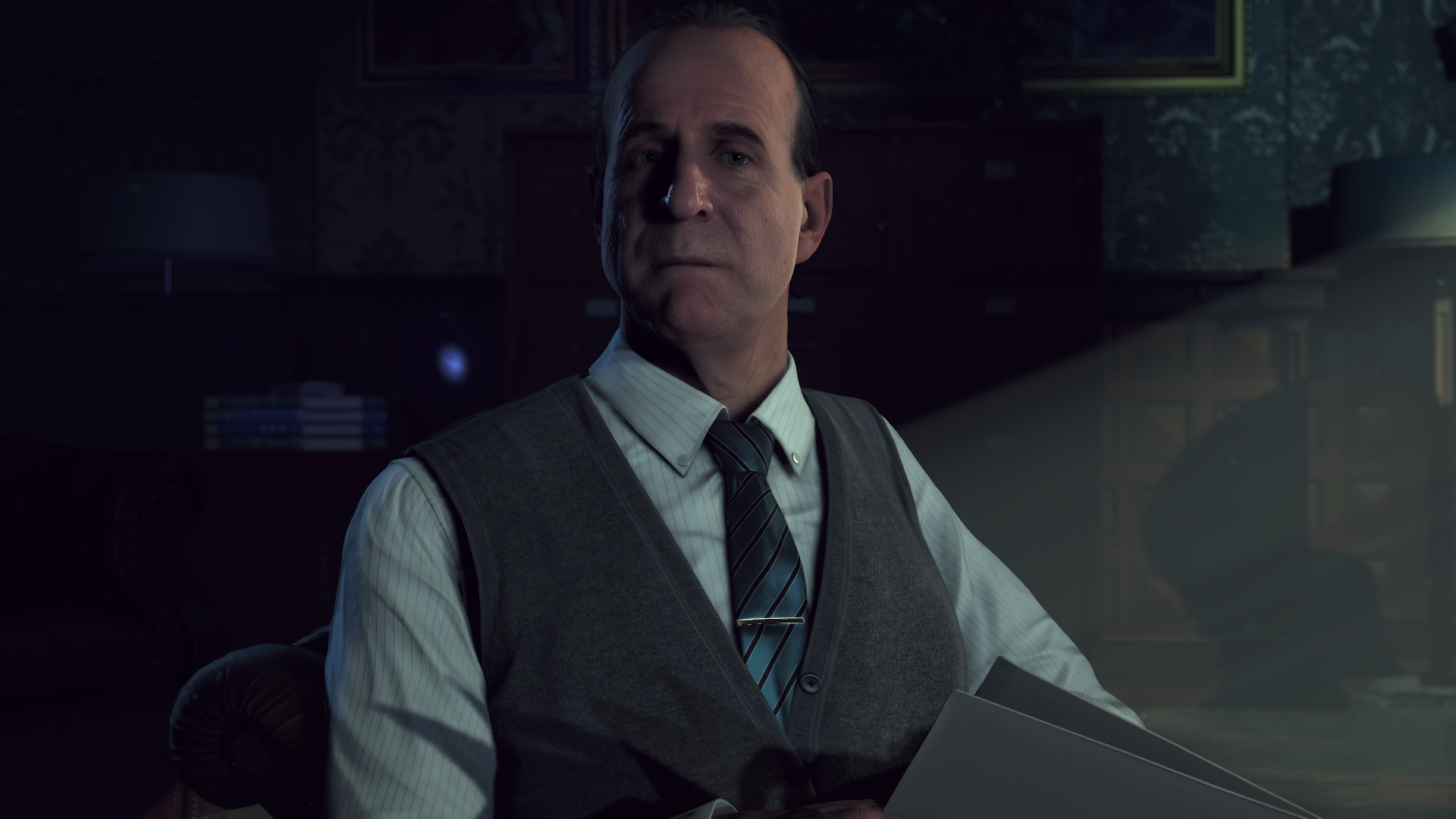
Throughout the episodes we also get a break from the main arc to focus on an unknown character (who you play as in first-person) and an analyst studying him/her. Said analyst gives you a series of tests to take part in, like choosing what you fear out of the pictures he gives you. Another example is when he gives you images and asks you how they make you feel. I already have a theory as to the identity of this mysterious patient, but even hinting at it might spoil the experience. So, I’ll hold back!
The game has excellent facial animations. That’s the one thing that stood out the most for me in the graphics department. It makes all the dialogue between the characters feel natural, almost like you’re actually watching a slasher flick. While the writing itself is nothing truly outstanding, I was happy to find that the dialogue actually felt real, as it should between a group of teens. Yeah, you have your familiar slasher movie character tropes, but it still worked for me, and I ended up really caring about some of these characters and even relating to a couple of them. I especially love Sam (save the cheerleader, save the world!).
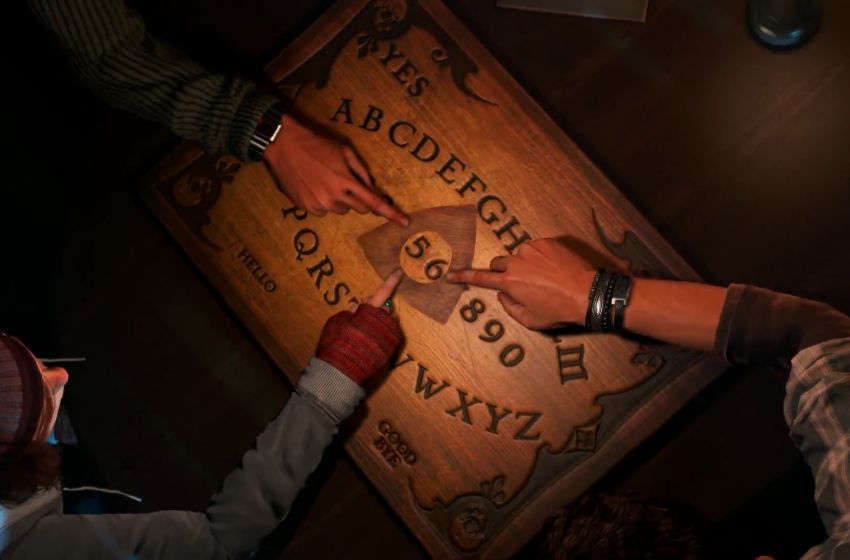
Oh, and one other standout scene I just have to mention involves a ouija board. Yeah, I know, it’s grown to become a cliche inclusion in the horror genre, but I really enjoyed how that was implemented here. Especially with the interactivity involved.
Until Dawn is shaping up quite nicely. It definitely hooks you right from the beginning. Despite not being that scary, it relies mostly on jump scares, it was still an entertaining and highly engaging experience that I can’t wait to play through in its entirety. We could be looking at a surprise horror hit for PlayStation 4 owners.

 JBoc924
JBoc924